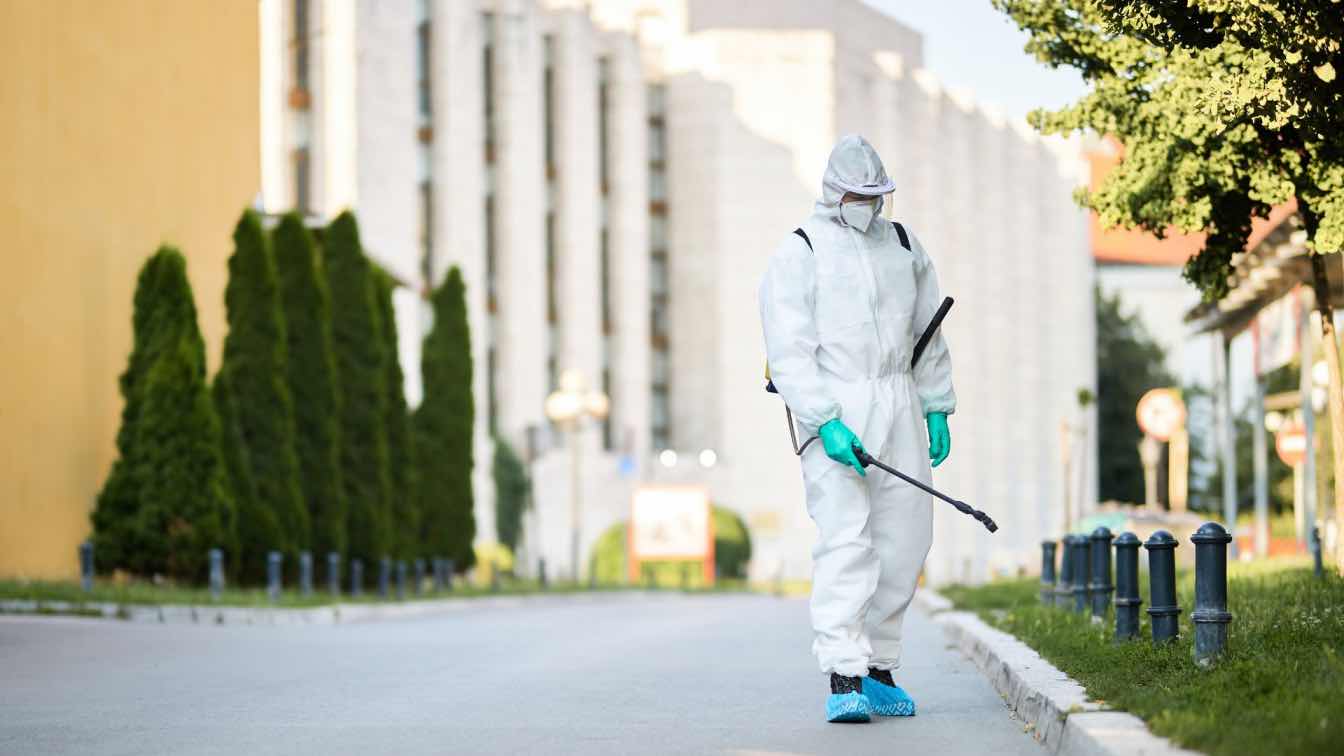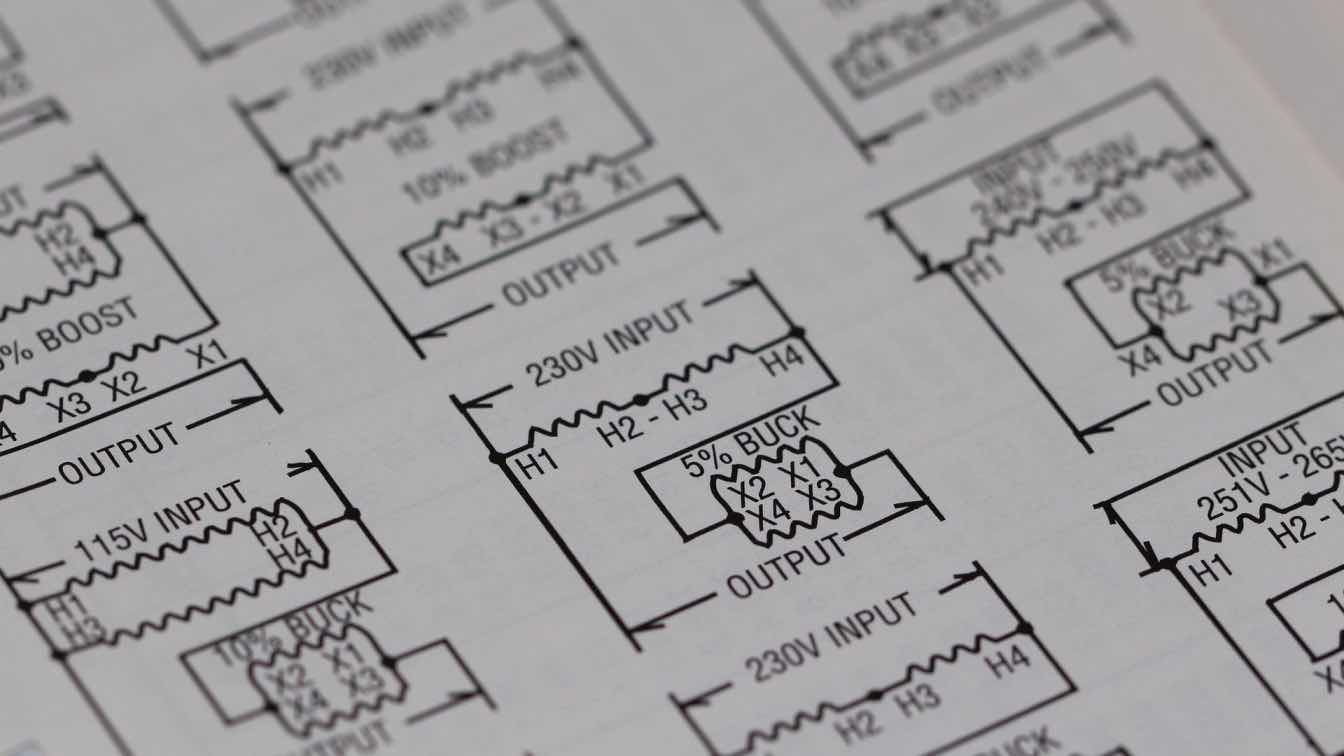Invasive species. Two words that strike fear into the hearts of ecologists, gardeners, and anyone who’s ever found themselves battling an unrelenting swarm of pests. These uninvited guests—be they animals, insects, or plants—aren’t just annoying. They wreak havoc on ecosystems, agriculture, and economies. And in 2025, the fight against invasive species is fiercer (and more innovative) than ever. Pest control companies are stepping up their game of pest control in Virginia Beach with cutting-edge strategies, eco-conscious approaches, and technology-driven solutions.
In this blog, we’ll explore how they’re battling these relentless invaders, why it matters, and what the future of pest management looks like in the age of invasive species.
Why Invasive Species Are a Big Deal?
Let’s start with the basics. An invasive species is any non-native organism that disrupts the ecosystems it invades. Unlike native species, invasives often lack natural predators, allowing their populations to explode. The consequences? Devastating.
Environmental Damage: Invasive species outcompete native flora and fauna, threatening biodiversity.
Economic Losses: In the U.S. alone, invasive species cost an estimated $120 billion annually in damage and control efforts.
Agricultural Threats: Pests like the spotted lanternfly or emerald ash borer destroy crops and trees, impacting food supplies and forestry industries.
And with global trade, climate change, and urbanization on the rise, invasive species are finding it easier than ever to establish themselves in new territories.
How Pest Control Companies Are Taking Action in 2025?
Pest control companies are no longer just exterminators—they’re frontline defenders in the fight against invasive species. Here’s how they’re doing it:
1. Leveraging Technology for Detection
Invasive species are notoriously difficult to spot early. That’s why pest control companies are turning to cutting-edge tech to detect and track them before they become a full-blown crisis.
Drones and AI: Companies are using drones equipped with AI to scan forests, fields, and urban areas for signs of invasive pests like the Asian longhorned beetle.
IoT Sensors: Internet of Things (IoT) devices monitor areas for pest activity, sending real-time data to pest control teams.
Predictive Analytics: Machine learning algorithms analyze climate and migration patterns to predict where invasive species might strike next.
Studies show that early detection reduces the cost of invasive species management by up to 80%.
2. Eco-Friendly Control Methods
Gone are the days of heavy pesticide use. In 2025, pest control companies are embracing sustainable, chemical-free solutions to minimize environmental impact.
Biological Control: Introducing natural predators or pathogens to control invasive species populations. For example, ladybugs are deployed to combat aphid outbreaks, while parasitic wasps are used against the emerald ash borer.
Sterile Insect Techniques (SIT): Releasing sterilized insects into invasive populations to reduce reproduction rates.
Organic Pesticides: Plant-based insecticides and microbial treatments are gaining popularity as eco-friendly alternatives to traditional chemicals.
These methods protect native species and ecosystems while targeting invasives with precision.
3. Public Education and Community Involvement
The fight against invasive species isn’t just for professionals—it’s a team effort. Pest control companies Virginia Beach are focusing on public awareness campaigns to empower communities.
Workshops and Seminars: Teaching people how to identify invasive species and report sightings.
Citizen Science: Encouraging individuals to use apps like iNaturalist to log sightings of invasive plants and animals.
Preventative Tips: Advising homeowners on ways to prevent the spread of invasives, such as cleaning hiking gear or inspecting imported goods.
When communities and pest control companies collaborate, the results are incredible.
4. Genetic Engineering
Yes, you read that right—genetic engineering is playing a role in pest control. In 2025, companies are using cutting-edge gene-editing techniques like CRISPR to develop innovative solutions.
Gene Drives: Altering the genes of invasive species to suppress their populations. For instance, researchers are exploring gene drives to curb mosquito populations that spread diseases.
Resistant Crops: Engineering plants to resist invasive pests, reducing the need for pesticides.
While controversial, these solutions show immense promise in controlling invasive species sustainably.
Case Studies: Invasive Species on the Radar
Here are a few examples of how pest control companies are tackling specific invasive species in 2025:
Spotted Lanternfly: In the eastern U.S., pest control teams are using drones to locate egg masses and deploying biodegradable traps to capture adult lanternflies.
Brown Marmorated Stink Bug: This agricultural pest is being managed with biological controls like samurai wasps, which parasitize stink bug eggs.
Giant African Snail: In Florida, pest control companies are using bait systems combined with community reporting to curb the spread of this destructive snail.
The Impact of Climate Change
Climate change is making the fight against invasive species even harder. Warmer temperatures, shifting ecosystems, and extreme weather events are giving pests new opportunities to thrive. For example:
1. Rising temperatures allow invasive species to expand into previously unsuitable areas.
2. Hurricanes and floods help spread seeds, larvae, and eggs across vast distances.
That’s why pest control companies are adapting their strategies to account for these new challenges, staying ahead of the curve in an ever-changing world.
How You Can Help?
You don’t have to be a pest control professional to make a difference. Here are a few ways you can join the fight against invasive species:
1. Stay Informed: Learn about the invasive species in your area and how to spot them.
2. Report Sightings: Notify local pest control companies or wildlife agencies if you spot invasive pests.
3. Practice Prevention: Clean your outdoor equipment, avoid transporting firewood, and inspect imported plants and goods.
Together, we can protect our ecosystems and ensure a healthier, more sustainable future.
The Bottom Line
In 2025, pest control companies are stepping up like never before to combat invasive species. With a mix of cutting-edge technology, eco-friendly methods, and community engagement, they’re proving that effective pest management can coexist with environmental stewardship.
But the fight is far from over. By working together—professionals, communities, and individuals—we can tackle invasive species head-on and protect the delicate balance of our ecosystems.
Have an invasive species story or tip to share? Drop it in the comments below—we’d love to hear from you!





